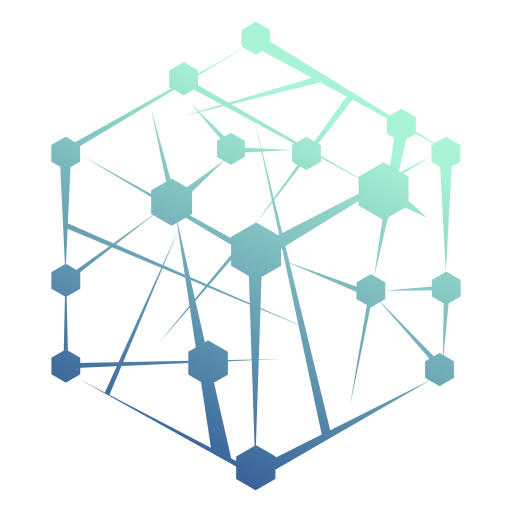Cloud Computing and Artificial Intelligence: Revolutionizing Education
In the hyper-digitized era we live in, cloud computing and artificial intelligence (AI) have become game-changers in many industries. One area where their impact is particularly significant is education. The symbiotic relationship between cloud computing and AI is revolutionizing the way we teach and learn, paving the way for a digital transformation of classrooms and educational institutions.
The Basics: Cloud Computing and AI
Cloud computing, as the name suggests, uses the internet to deliver computing services such as servers, databases, storage, software, and more. It offers faster operations, enhanced agility, and limitless scalability. On the other hand, AI aims to make computers think and act like humans, mimicking human intelligence and logic.
The integration of AI with cloud computing has proven to be a game-changer for businesses, including the education sector. By leveraging AI-coupled cloud technology, educational institutions can become more efficient, data-driven, and stay ahead of the curve.
Benefits of AI-Powered Cloud Computing in Education
The combination of AI and cloud computing offers numerous benefits for the education sector. Let's explore some of the ways it is revolutionizing classrooms and educational institutions:
1. Personalized Learning and Adaptive Education
AI-powered cloud platforms enable personalized learning experiences for students. By analyzing large sets of data, AI algorithms can understand each student's strengths, weaknesses, and learning style. This allows educators to tailor their teaching methods and provide targeted support, ensuring that every student receives a personalized education.
2. Intelligent Tutoring Systems
AI-powered cloud platforms can act as intelligent tutors, providing personalized guidance to students. These systems can analyze student performance, identify areas of improvement, and offer targeted feedback and recommendations. Intelligent tutoring systems help students learn at their own pace, filling in knowledge gaps and enhancing their understanding of complex concepts.
3. Enhanced Collaboration and Communication
Cloud-based AI tools facilitate seamless collaboration and communication among students, teachers, and parents. Cloud storage and document sharing platforms enable real-time collaboration on projects, irrespective of physical location. AI-powered chatbots and virtual assistants can provide instant support and answer common questions, improving communication channels within educational institutions.
4. Smart Content Creation and Delivery
AI algorithms can analyze vast amounts of educational content and identify patterns to create customized learning materials. Cloud-based AI platforms can generate interactive and engaging content, such as quizzes, simulations, and multimedia presentations. These resources enhance the learning experience and make education more accessible and engaging for students.
5. Predictive Analytics for Student Success
Cloud-based AI platforms can analyze student data and provide predictive analytics to identify students who may be at risk of falling behind. By detecting early warning signs, educators can intervene and provide personalized support to ensure student success. Predictive analytics also help educational institutions optimize resource allocation and improve overall student outcomes.
6. Efficient Administrative Processes
Cloud-based AI platforms streamline administrative processes in educational institutions. AI-powered chatbots can handle routine inquiries, freeing up administrative staff to focus on more complex tasks. Cloud-based data management systems improve the efficiency of administrative tasks, such as student enrollment, scheduling, and grading.
7. Remote Learning and Accessibility
Cloud-based AI platforms enable remote learning, making education accessible to students from anywhere in the world. Students can access educational resources, participate in virtual classrooms, and collaborate with peers and teachers, regardless of geographical limitations. This opens up new opportunities for students in remote areas or those with physical limitations.
8. Enhanced Security and Data Privacy
Cloud-based AI platforms prioritize security and data privacy. Robust encryption and authentication mechanisms ensure the protection of sensitive student and institutional data. AI algorithms can detect and prevent security breaches, providing an additional layer of protection against cyber threats.
9. Continuous Learning and Professional Development
Cloud-based AI platforms offer opportunities for continuous learning and professional development for educators. AI-powered tools can analyze teaching methodologies and provide recommendations for improvement. Educators can access a wealth of online resources and participate in virtual training programs, enhancing their teaching skills and staying up-to-date with the latest educational practices.
10. Scalability and Cost Efficiency
Cloud-based AI platforms provide scalable solutions for educational institutions of all sizes. Institutions can easily scale their infrastructure and resources based on demand, ensuring that they can accommodate growing student populations. Cloud computing also offers cost efficiencies by eliminating the need for on-premises infrastructure and reducing maintenance and operational costs.
The Future of Education: Cloud Computing and AI
As we look ahead to the future, the integration of cloud computing and AI in education is set to become even more prevalent. The global AI market is projected to reach $89 billion per annum by 2025, and the cloud AI industry is expected to be worth $13.1 billion by 2026.
Conclusion
Cloud computing and AI are revolutionizing education by providing personalized learning experiences, intelligent tutoring systems, enhanced collaboration, and efficient administrative processes. These technologies empower educators to deliver engaging and effective instruction, while students benefit from personalized support and access to a wealth of educational resources. As the integration of cloud computing and AI continues to evolve, the future of education looks promising, with endless possibilities for enhancing student outcomes and transforming the way we teach and learn.
